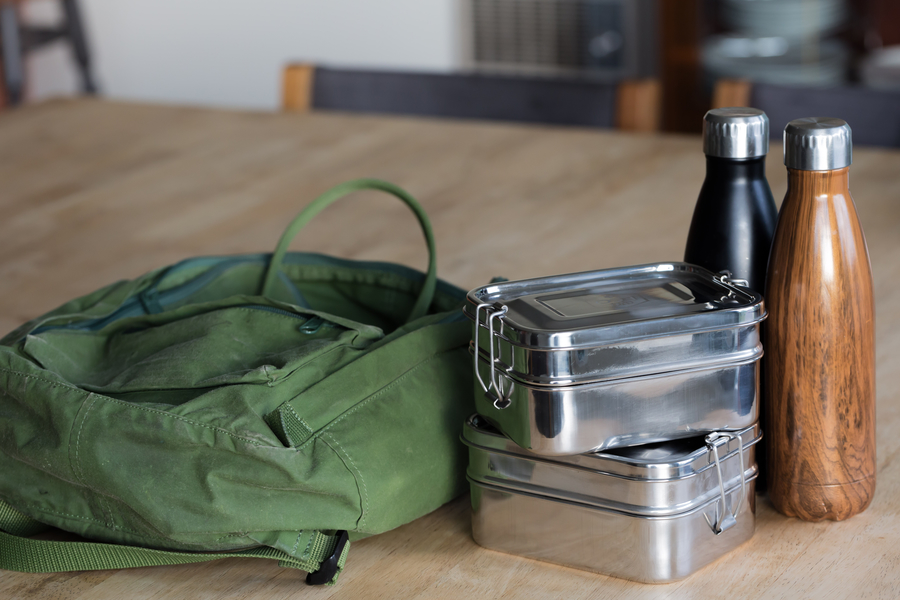I WANT
RELATED LINKS
I WANT
RELATED LINKS
RELATES LINKS
I WANT
RELATES LINKS
Services
Related Links

คำค้นหาที่แนะนำ
ผลการค้นหา "{{keyword}}" ไม่ปรากฎแต่อย่างใด
ข้อแนะนำในการค้นหา
- ตรวจสอบความถูกต้องของข้อความ
- ตรวจสอบภาษาที่ใช้ในการพิมพ์
- เปลี่ยนคำใหม่ กรณีไม่พบผลการค้นหา
Use and Management of Cookies
We use cookies and other similar technologies on our website to enhance your browsing experience. For more information, please visit our Cookies Notice.
- Personal Banking
- Stories & Tips
- Life Style
- Save the world and fill your stomach!
- Personal Banking
- ...
- Save the world and fill your stomach!
Save the world and fill your stomach!
08-06-2020
Another trend that is currently being talked about right now is about “Environment” which has direct and indirect effects on everyone’s life. “Food security” has been changed because of the transformation of weather which affects agriculture and livestock. Moreover, leftovers are also a factor that contributes to global warming happening. “Changing consumer behavior” is the easiest way and can start from now on.

1. Reduce meat consumption
The report of the Food and Agriculture Organization (FAO) shows that livestock farming contributes 14.5% of overall greenhouse gas, especially cattle which release Methane gas from their natural processes. Moreover, the reduction of meat consumption helps increase forest landscape for agriculture area enhancement to substitute the deteriorated land from the world weather changing.
Nevertheless, optional proteins whether beans, nuts, and the new trendy food, plant-based meat, or edible insects are alternative choices for the future resource for the whole world population which will reach over 9-billions in 2050 and famine may occur.

2. Satisfaction not the fullness
To reduce the leftovers quantity which will result in junk and become an 8% contribution of the overall greenhouse gas factor.
From FAO report shows that there is around 1.3 billion tons of one-third of an overall processed food was leftovers which can be calculated as 6.8-hundreds million US dollars. 95 - 115 kilograms per person per year is from developed countries in Europe and North America which is the first ranking then 3.11-hundreds million US dollars from developing countries which include 6 - 11 kilograms per person per year for Asian.

3. DIY food
Apart from the benefit of saving in this tight economy is we can allocate the quantity of those meals. Starting from ingredient selection which the price depends on material grade which may be unattractive but still owns the nutritional value. Thus, helping reduce the remaining of unwanted fresh vegetables or fruits also helps save a high investment from cultivators.
Furthermore, seasonal and local raw material should be considered first, to help reduce Carbon Dioxide emissions while transportation. Also, those vegetables and meat can be processed to be other valuable food types and will not be wasted anymore.
4. Proper storage and fermentation
Lower the unnecessary rotten and leftover food or freshers whether meat, vegetables, and fruits in a simple way that is stored in the refrigerator or freeze in order to keep it fresh and prolong its life.

5. Reusable or natural-made package
Avoiding any usage of single-use plastic which has become over 300-millions tons plastic garbage per year because from the report of the environmental project of UNEP shows that only 9% of overall that can be recycled which means 8-millions tons plastic junks are thrown in the sea.
For example, the Yangtze River in China is one of the most intake places for plastic junks in the world, which is 1,469,481 tons per year. If the plastic garbage quantity keeps increasing, in 2050, the overall plastic garbage will be over the whole fish in the ocean!
The environmental problem is the priority that everyone must be aware of and fully collaborate with each other. Let’s start from the easiest way which is building sustainable consumption behavior.
No matter what meal is, you can savor the flavor from many famous restaurants together with enjoy eating and saving with promotion and privilege for SCB credit cardholders.